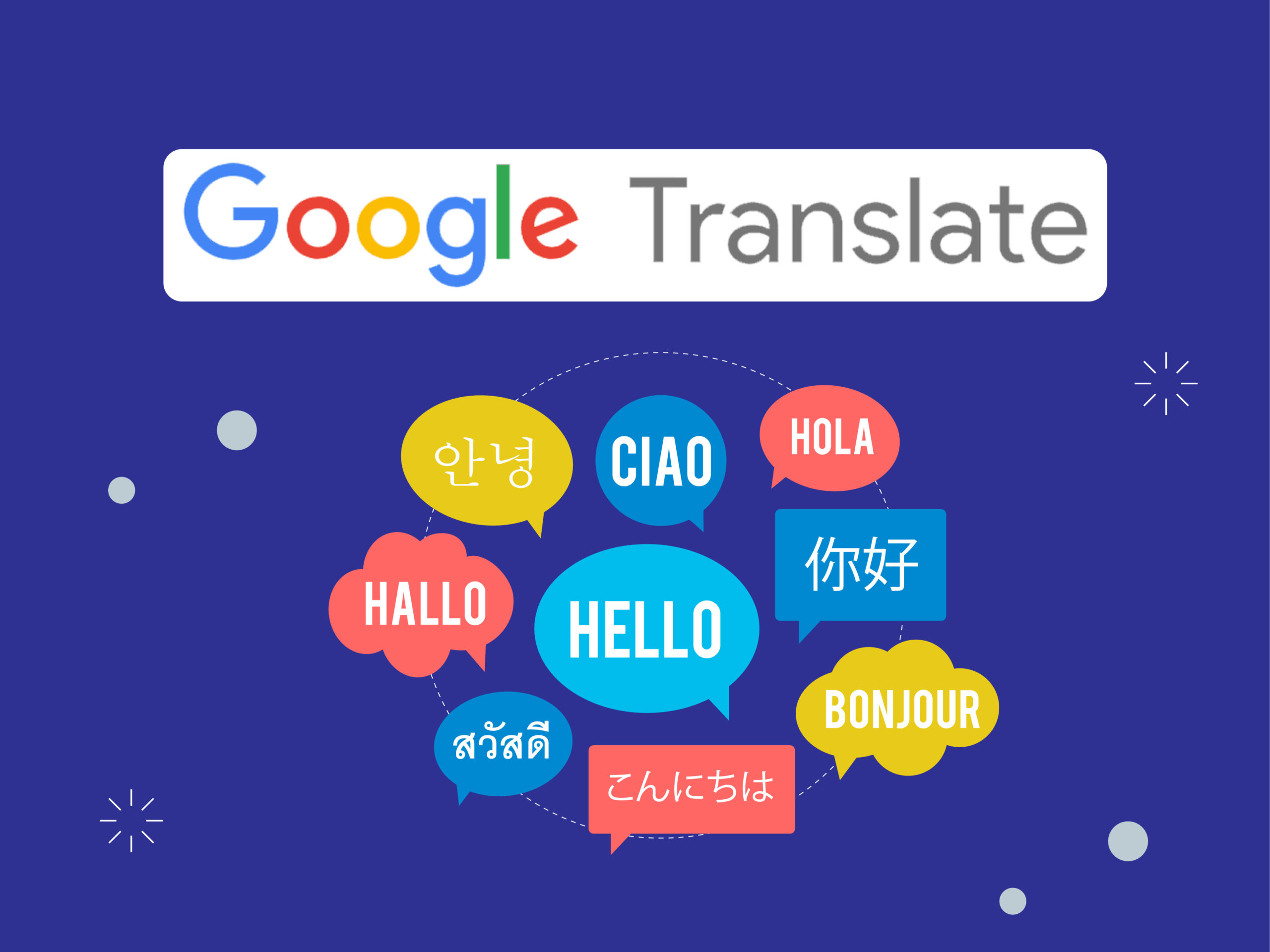
Breakthrough in Neural Machine Translation: Language Barriers CrumbleBreakthrough in Neural Machine Translation: Language Barriers Crumble In the realm of language communication, a groundbreaking advancement has emerged: Neural Machine Translation (NMT). This cutting-edge technology is revolutionizing the way we break down language barriers, enabling seamless global communication. What is Neural Machine Translation? Unlike traditional machine translation systems that rely on rule-based or statistical models, NMT utilizes deep neural networks to learn the intrinsic patterns and relationships between languages. These networks, trained on vast datasets of parallel texts, establish a sophisticated representation of the source and target languages. Advantages of NMT Neural Machine Translation offers numerous advantages over conventional methods: * Improved Translation Quality: NMT produces more natural, fluent, and accurate translations, preserving the nuances and idioms of the source language. * Reduced Human Intervention: The deep learning algorithms of NMT can continuously refine their performance, reducing the need for manual post-editing. * Wider Applicability: NMT is applicable to a wider range of languages, including low-resource or complex languages that were challenging for previous approaches. * Faster Translation Speed: Neural networks enable significantly faster translation speeds, facilitating real-time communication and handling of large volumes of text. Applications of NMT Neural Machine Translation has wide-ranging applications across various industries and sectors: * Global Communication: NMT empowers businesses and individuals to communicate effectively in different languages, fostering international collaboration and cultural exchange. * Tourism and Travel: Travelers can access real-time translations of menus, signs, and travel documents, enhancing their experiences and safety. * Language Learning: NMT provides personalized translation assistance to language learners, helping them understand and practice new languages. * Research and Academia: NMT enables researchers and scholars to access a wider range of international publications and collaborate across language barriers. Conclusion The advent of Neural Machine Translation is a game-changer in the field of language translation. It has the potential to break down language barriers, fostering greater understanding, cooperation, and innovation across the globe. As NMT continues to evolve, we can anticipate even more transformative applications that will connect the world in unprecedented ways. Language barriers are no longer an insurmountable obstacle; they are now crumbling before the transformative power of this groundbreaking technology.
Posted inNews